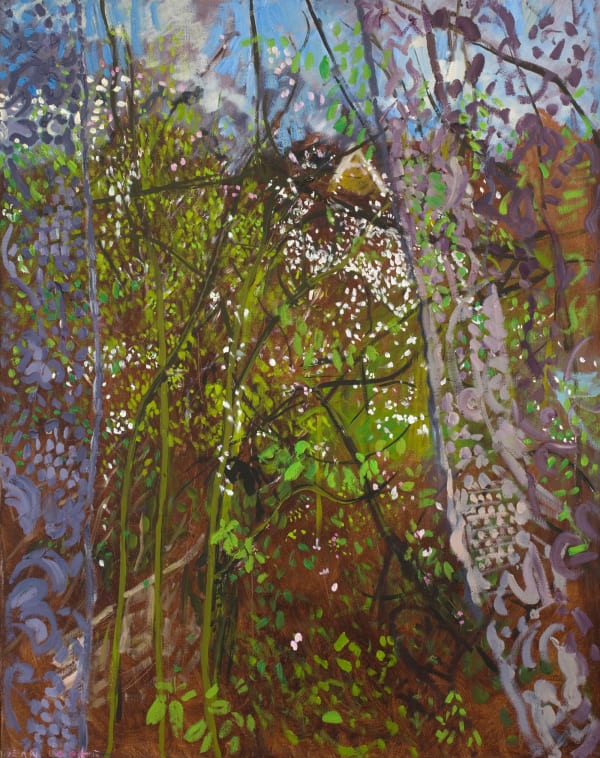WINIFRED Nicholson is one of the great twentieth-century British artists, who just happened to be a woman. Her painting The Warwick Family was made shortly after she moved to a small Cumbrian cottage called Bankshead with her husband Ben Nicholson. The calm atmosphere of these massive, faux naif figures grows from their placid, vacant looks and the homely setting. A fire burns gaily in the stove and the tea things are set out. The paint itself is richly applied.
In their lifetimes, the painter Vanessa Bell and the sculptor Barbara Hepworth achieved recognition as the equal of their male peers – Duncan Grant and Henry Moore respectively. Only in recent years, several decades after their deaths, have Bell and Hepworth begun to rise in critical estimation and eclipse their peers. Recent retrospectives of both artists have demonstrated their towering achievements as creative individuals, not merely the acolytes of their male contemporaries.
In sharp-eyed atmospheric landscape paintings, the gender-fluid artist Gluck often imbued her subject with a wistful sense of poetry. A painting like Seascape, possibly executed during a visit to Ireland, draws from the veils of cloud a pregnant glimmer of light in the upper reaches of the sky. Some artists like Jean Cooke had to overcome more concrete restrictions. Her husband John Bratby was abusive and jealously limited her working hours. Only after their separation was Cooke able to order her life and produce a consistent output of extraordinary, peculiarly personal paintings.
The ‘macho’ quality of American action painting gave abstraction an aura of chauvinism in the mid-twentieth century. Born in south London and trained at Royal College of Art, Bridget Riley began her career making work of lucid ‘optical’ clarity that offered a refreshing counterbalance to American painterliness. Following a visit to Egypt in 1979-80, she was inspired to create a series of work using the palette she found in the antiquities of Egypt. Works like KA IV exemplify this period of creative renewal.
This Exhibition also includes work by the distinguished South African painter Irma Stern. Tutored in Germany under the Expressionist Ludwig Kirchner, her images of tribespeople in southern Africa – especially Congo and Zanzibar – are vigorous and humane depictions of an embattled people.

 Winifred Nicholson, The Warwick Family, 1925-26 c.
Winifred Nicholson, The Warwick Family, 1925-26 c.
 Paula Rego, Island of the Lights from Pinocchio, 1996
Paula Rego, Island of the Lights from Pinocchio, 1996

















